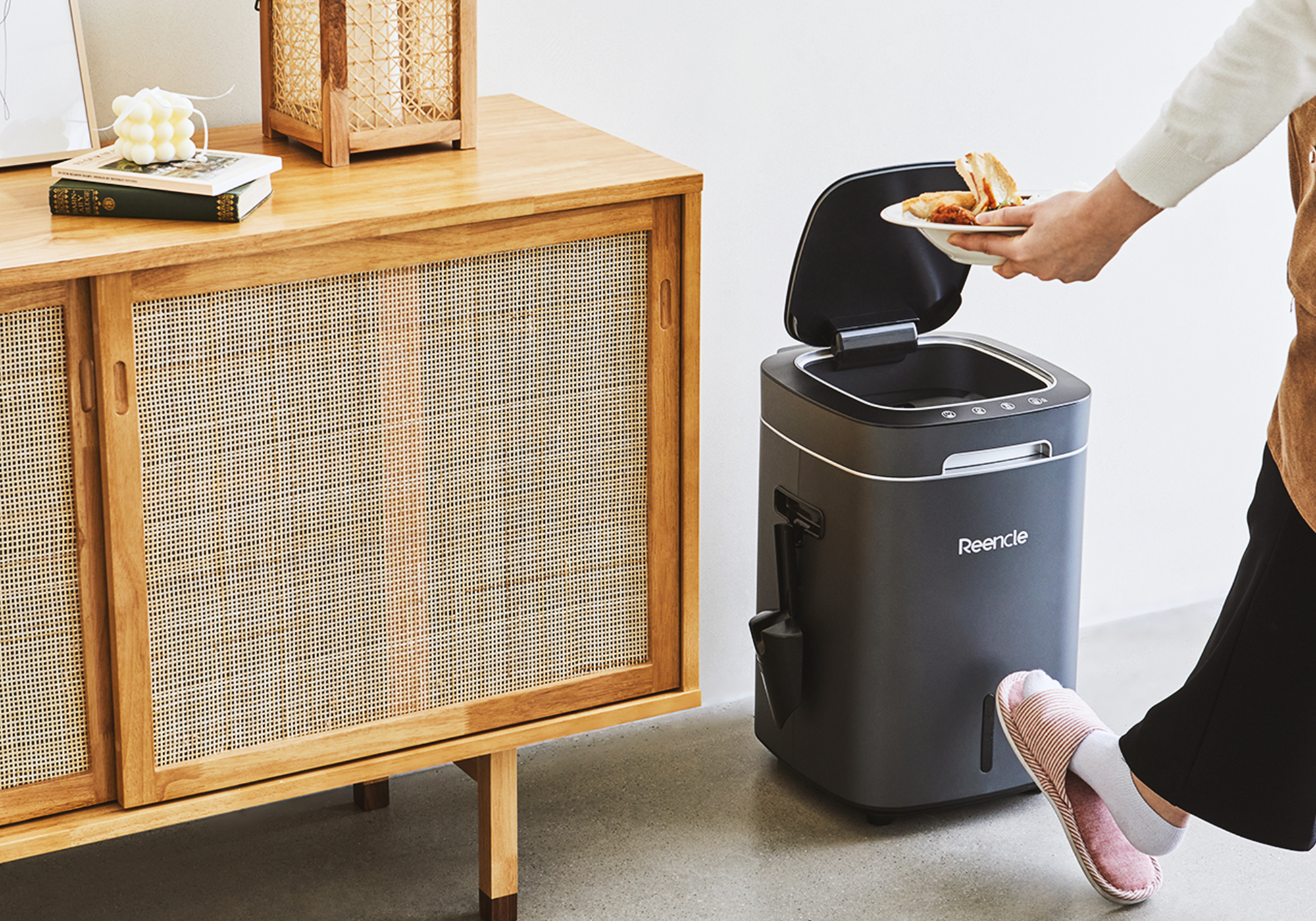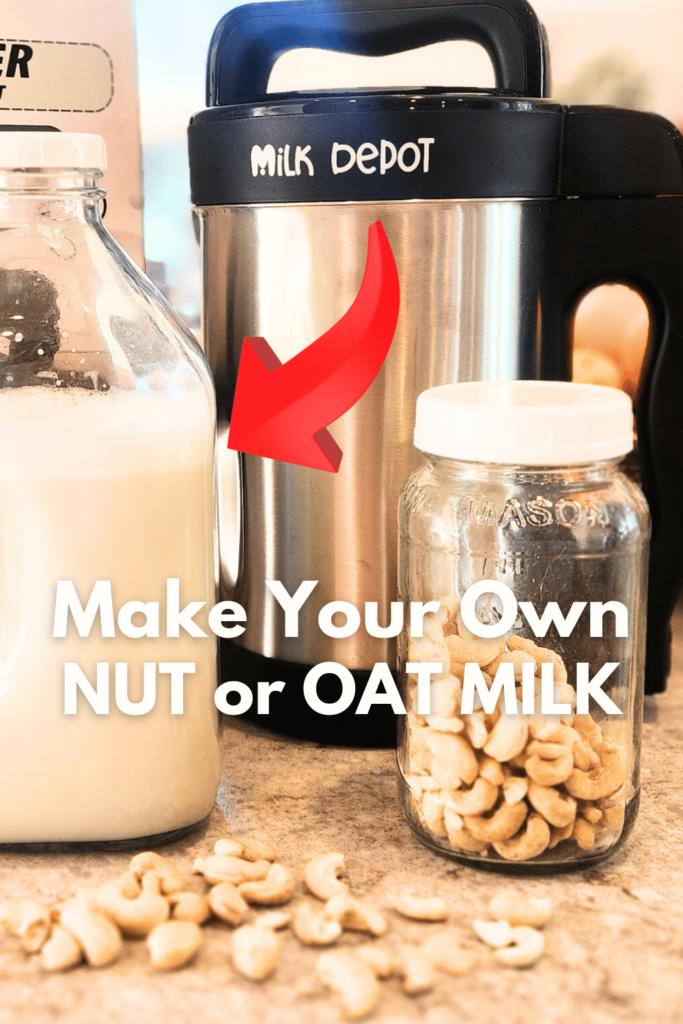For those residing in regions susceptible to brush fires, preparedness is paramount. While professional firefighters are best equipped to handle large-scale blazes, individuals in remote or rural areas may benefit from owning a high-pressure fire pump.
Selecting the right high-pressure fire pump is crucial for effective fire protection. These specialized pumps are designed to deliver water at the necessary pressure and flow rate to combat fires in diverse settings. When choosing a pump, consider factors such as required flow and pressure, system compatibility, and adherence to NFPA 20 standards.
Fire pump selection involves careful evaluation of the protected area’s size, fire protection system requirements, and available water supply. The pump must be capable of handling the maximum pressure demanded by the setup while meeting specific guidelines. Factors like pump efficiency, reliability, and long-term performance also come into play when making this critical decision.
For those seeking high-quality fire protection equipment, Jono & Johno high-pressure fire pumps are good options for various applications. Designed with advanced technology, these kinds of pumps deliver superior water pressure and flow rates to effectively combat fires. Their rugged construction ensures long-lasting durability, even in the most demanding environments. Whether for farming, industrial, or emergency use, these options are built to perform when it matters most. Understanding the key considerations in fire pump selection helps ensure optimal performance and safety in fire protection systems.
Key Takeaways
- Proper sizing and selection of fire pumps are critical for effective fire protection
- Compliance with NFPA 20 standards is essential when choosing a fire pump
- Consider factors such as flow rate, pressure requirements, and system compatibility
Understanding Fire Pump Basics and Selection Criteria
Fire pumps play a crucial role in fire protection systems, ensuring adequate water pressure and flow to combat fires effectively. Proper selection requires careful consideration of pump types, performance metrics, and installation requirements.
Types and Mechanisms
Fire pumps come in various designs to suit different applications. Centrifugal pumps are common, including horizontal split-case, vertical in-line, and end suction models. These pumps use impellers to increase water pressure and flow.
Vertical turbine pumps are ideal for deep well or reservoir installations. They have multiple stages to lift water from great depths.
Positive displacement pumps, such as rotary gear pumps, provide consistent flow rates regardless of pressure changes. This makes them suitable for high-pressure applications.
Each pump type has unique characteristics that affect its performance and suitability for specific fire protection scenarios.
Performance Metrics
Key performance metrics for fire pumps include flow rate and pressure. Flow rate is typically measured in gallons per minute (GPM), while pressure is expressed in pounds per square inch (PSI).
Rated flow refers to the pump’s designed output capacity. This must match or exceed the system’s hydraulic demand, calculated based on NFPA 13 standards and specific building requirements.
Discharge pressure is the pressure at which water exits the pump. It must be sufficient to overcome friction losses in piping and reach the highest points of the fire protection system.
Suction pressure, or the water pressure available at the pump inlet, affects overall pump performance and must be considered in selection.
Installation Considerations
Fire pump installation varies based on the building type and water supply. In commercial buildings, pumps are often located in dedicated fire pump rooms with proper ventilation and drainage.
For industrial plants or mining operations, rugged pump designs may be necessary to withstand harsh environments. Data centers require reliable pump systems to protect sensitive equipment.
Pump placement should allow for easy maintenance access. Proper alignment and vibration control are essential for optimal performance and longevity.
Electrical or diesel drivers power fire pumps. The choice depends on local codes, reliability requirements, and available power sources. Backup power systems are often necessary to ensure continuous operation during emergencies.
Correct sizing is critical. Undersized pumps may fail to meet system demands, while oversized pumps can lead to inefficiencies and potential damage to piping systems.
Operational Factors and Compliance
Selecting high-pressure fire pumps requires careful consideration of operational requirements and regulatory standards. These factors directly impact system performance, safety, and long-term costs.
Regulatory Standards and Codes
Fire pump installations must adhere to NFPA 20 and NFPA 13 standards. These codes specify minimum requirements for pump performance, installation, and testing. Compliance ensures proper integration with fire sprinkler and standpipe systems.
Key considerations include:
- Pump flow rates and pressure ratings
- Power source reliability
- Controller specifications
- Pump room design and access
Local building codes may impose additional requirements. Consult with fire protection engineers to ensure full compliance and optimal system design.
Maintenance and Cost Efficiency
Regular maintenance is crucial for fire pump reliability. Consider these factors when evaluating long-term costs:
- Ease of access for inspections and repairs
- Availability of replacement parts
- Frequency of required testing
Jockey pumps maintain system pressure, reducing main pump wear. Efficient designs minimize energy consumption and extend equipment life.
Backflow preventers protect municipal water supplies but can cause significant friction losses. Account for these pressure drops when sizing pumps.
Compare initial costs with projected maintenance expenses. Invest in quality components to reduce long-term operational costs and improve system reliability.
Conclusion
Selecting the right high-pressure fire pump is crucial for effective fire protection. Careful consideration of factors like pump type, capacity, power source, installation requirements, and maintenance needs ensures optimal performance. A well-chosen pump provides reliable water supply and pressure to combat fires efficiently.
Proper sizing and selection of fire pumps directly impact system effectiveness and safety. By evaluating these key aspects, facility managers and fire protection professionals can make informed decisions to safeguard lives and property. Regular maintenance and testing are essential to keep high-pressure fire pumps operating at peak performance.




